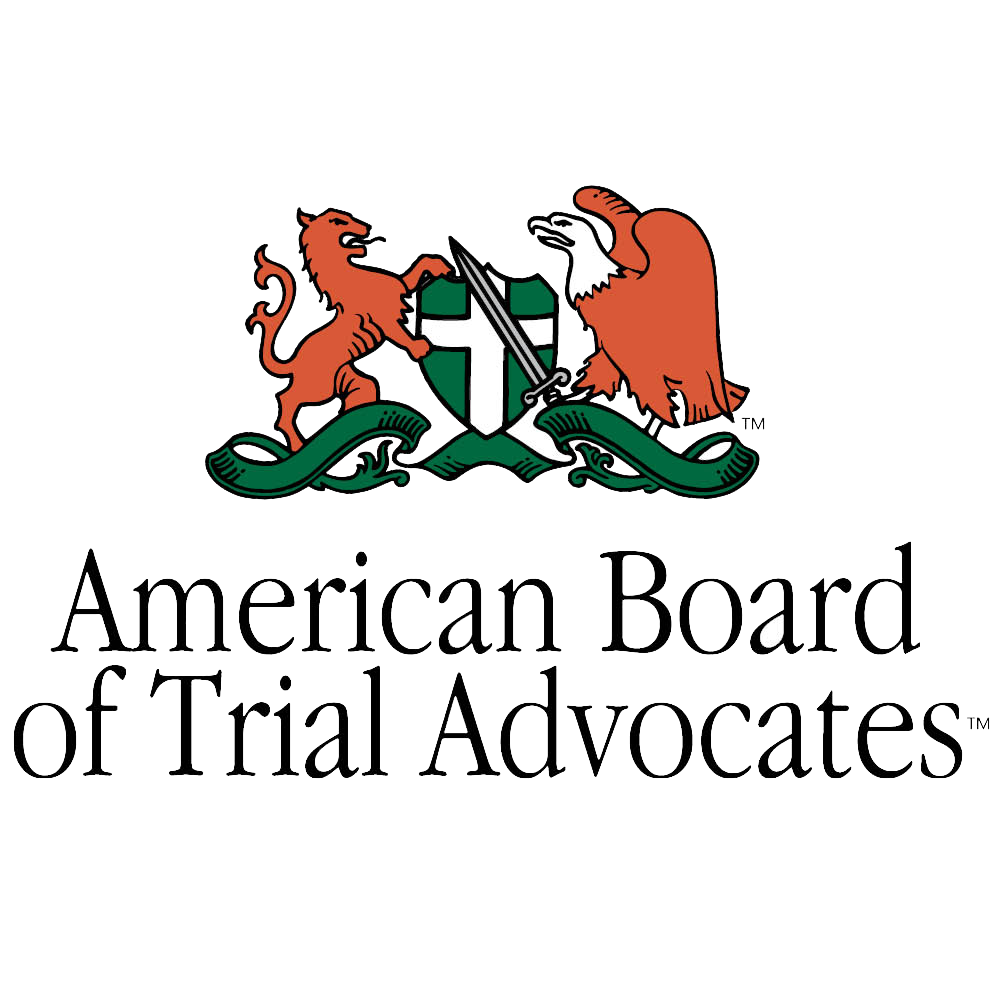
Women’s History Month
History is replete with extraordinary women who defied societal expectations, broke down barriers, and carved their own paths. From the realm of activism to the domains of exploration and aviation, two female titans stand out: Susan B. Anthony and Amelia Earhart. Antony, a relentless advocate for women’s suffrage, fought for the fundamental right to vote. While Earhart, a fearless aviator, shattered aviation records and became a symbol of female accomplishment. Their unwavering determination and groundbreaking achievements continue to inspire generations. Here’s a more in-depth look at their lives and accomplishments, as GOLDLAW recognizes these outstanding achievements during Women’s History Month:
Susan B. Anthony
Anthony was born in Adams, Massachusetts, in 1820, into a family who shared a passion for legal reform. Her brothers Daniel and Merritt moved to Kansas to support the anti-slavery movement, where Merritt fought with John Brown against pro-slavery forces. Her father, Daniel, was an abolitionist and temperance advocate. Eventually, her family moved to a farm near Rochester, New York, which became a gathering place for local activists, including Frederick Douglass, who became Anthony’s lifelong friend. Her friendship with Elizabeth Cady Stanton resulted in a lifelong collaboration on the women’s rights movement. Her accomplishments as an activist are significant. Here are just a few of them:
1. Co-founded the National Woman Suffrage Association (NWSA)
Anthony and her life-long collaborator Elizabeth Cady Stanton were instrumental in finding this organization, which focused on achieving voting rights for women through a Constitutional Amendment. The 19th Amendment made it illegal to deny the right to vote to any citizen based on sex. It was first introduced to Congress in 1878 and was finally certified in 1920.
2. Organization of the Women’s Loyal National League with Elizabeth Cady Stanton
This was the first national women’s political organization in the United States. The organization implemented the largest petition drive in U.S. history to that point, collecting nearly 400,000 signatures to abolish slavery. The petition drive significantly assisted the passage of the Thirteenth Amendment, which ended slavery. Anthony was the chief organizer of the effort.
3. Publication of The Revolution
In 1868, Anthony and Stanton began publishing a weekly newspaper in New York City. The Revolution focused primarily on women’s rights, especially suffrage for women, but also included other topics, including politics, the labor movement, and finance.
4. Arrest for Voting in the 1872 Election
On November 5, 1872, and 14 other women attempted to vote in Rochester, NY. Allowed by election officials to successfully register and cast their ballots in the election, they were later arrested and charged for “knowingly, wrongfully, and unlawfully voting for a representative to the Congress of the United States. Anthony was the only member of the groups who was indicted and brought to trial. At the instructions of the Judge Ward Hunt, the jury issued a guilty verdict without any deliberation. She was found guilty and fined $100.00.
5. International Council of Women
In 1883, Anthony traveled to Europe for a nine-month stay. In collaboration with Stanton, they created the International Council of Women (ICW). Delegates from fifty—three women’s organizations in nine countries would eventually meet in Washington to form the new organization. The ICW was highly respected, receiving recognition from President Cleveland, and becoming an integral part of the Chicago World’s Fair held in 1893.
Susan B. Anthony’s unwavering commitment to women’s rights transformed American society. Her tireless activism was instrumental in the fight for women’s suffrage. Her leadership and strategic efforts propelled the movement forward, even though she didn’t witness its ultimate success in her lifetime. Anthony’s legacy serves as a powerful reminder of the enduring fight for equality and the profound impact one woman can have on the course of history.
Amelia Earhart
Born in Atchison, Kansas, in 1897, Amelia Earhart possessed an adventurous spirit from a young age. Often described as a “tomboy,” she defied traditional gender roles, climbing trees, hunting, and tinkering with mechanical contraptions. Her family moved frequently, as her childhood was marked by financial instability. During WWI, Earhart worked as a nurse’s aide in Toronto, where she cared for wounded soldiers and became fascinated by the pilots she encountered. In 1920, an airplane ride in California ignited an unyielding passion. She worked odd jobs, from photographer to truck driver, to save money for flying lessons. Quickly, Earhart became immersed in the aviation world, absorbing everything about flying and forming a strong connection with a growing community of like-minded female pilots. Here are a few of her major accomplishments as we celebrate Women’s History Month:
1. First Woman to Cross the Atlantic as a Passenger (1928)
Although she wasn’t the pilot, keeping the flight log for pilot Wilmer Stultz moved her into the public eye, and garnered significant attention for women in aviation. Upon her return to North America, she was dubbed “Lady Lindy,” a reference to Charles Lindbergh. She used this fame to write articles and books, becoming an aviation celebrity and securing sponsors for her own flights.
2. First woman to Fly Solo Across the Atlantic (1932)
Easily Earhart’s most celebrated accomplishment, the flight from Harbour Grace, Newfoundland, to Derry, Ireland, made her an international icon. Her skill and courage opened doors for other female pilots, and she received numerous awards for the feat, Including the Distinguished Flying Cross from the U.S. Congress.
3. Other Record-Breaking Flights
Some of Earhart’s other flying records include:
-
1930: Set speed record of 181mph over 3K course.
-
1931: Set women’s “autogiro” altitude record at 18,415 feet.
-
1932: first woman to fly solo nonstop coast-to-coast (2,447.8 miles in 19 hours 5min.).
-
1933: Broke previous intercontinental speed record by almost 2 hours.
-
1935: First person to solo the 2,408-mile distance across the Pacific between Honolulu and Oakland, CA.
-
1935: First person to fly solo from Los Angeles to Mexico City.
4. Founded The Ninety-Nines
In 1929, a group of 99 women pilots, led by Earhart, decided to form an organization for social, recruitment, and business purposes. Earhart was elected first President in 1931, and the group selected the name “Ninety-Nines” to represent the 99 charter members. Presently, there are over 150 chapters in the U.S. and Canada, and another 17 sections located on 5 continents. The 99’s promote the advancement of aviation through education, scholarships, and mutual support.
5. Purdue University Aviation Advisor
In the fall of 1935, Earhart joined the facility of Purdue University, serving until her disappearance in July, 1937. She served as a Consultant in the Department for the Study Careers for Women and Technical Advisor in the Department of Aeronautics. Earhart was attracted to Purdue because at the time it was the only university in the U.S. with its own fully equipped airport.
Amelia Earhart’s impact on aviation and the advancement of women is undeniable, especially during Women’s History Month. Her daring spirit and record-breaking flights shattered gender stereotypes and proved that women were just as capable as men in the skies. Although her fate remains uncertain, her legacy as a fearless trailblazer lives on. Earhart’s founding of The Ninety-Nines continues to nurture female pilots, and her role as an advocate STEM fields inspired generations of women to reach for their dreams, no matter how lofty.



